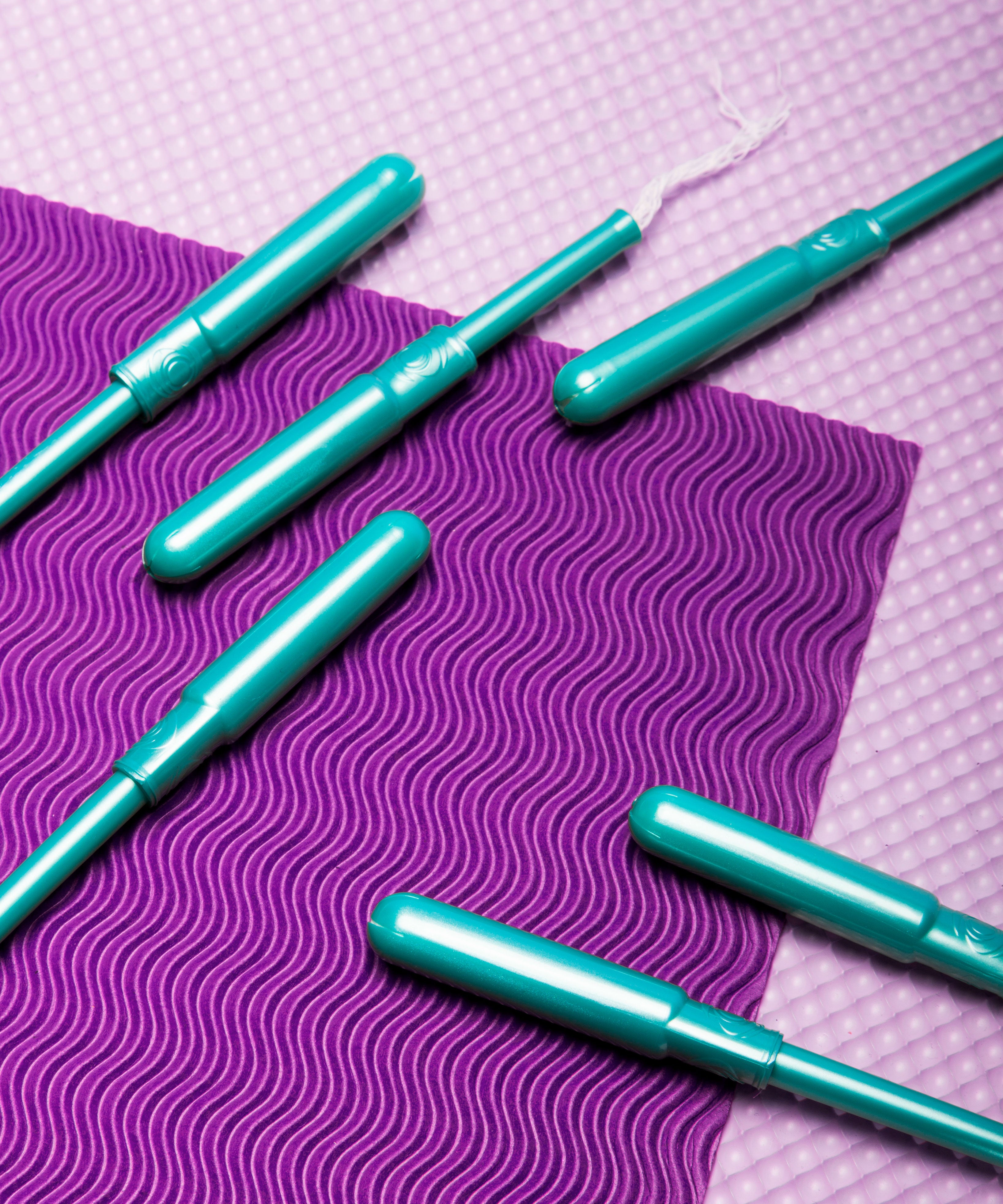Paraffin Bonding: Unveiling the Art and Science Behind Tissue Preservation
Introduction: The Significance of Histology and Tissue Preservation
Histology, the microscopic study of tissues, plays a pivotal role in medical diagnostics and biological research. Tissue preservation techniques are crucial for histological examinations, as they ensure the integrity and morphology of biological samples. Among the various preservation methods, paraffin bonding stands out as a widely adopted technique due to its effectiveness, accessibility, and compatibility with a wide range of histological stains. However, understanding the complexities of paraffin bonding is essential for optimizing tissue preservation and obtaining reliable histological data.
The Paradigm of Paraffin Bonding: A Multifaceted Process
1. Fixation: Preserving Tissue Architecture
Fixation is the initial step in paraffin bonding, where tissue specimens are immersed in a fixative solution to prevent autolysis and preserve cellular structures. Formalin is a commonly used fixative that cross-links proteins, stabilizing cellular components and maintaining tissue architecture. The choice of fixative depends on the specific tissue type and the desired histological outcomes.
2. Dehydration: Removing Tissue Water Content
After fixation, tissues are dehydrated through a graded series of ethanol solutions. Ethanol gradually replaces water molecules within the tissue, reducing the water content and preparing it for paraffin infiltration. The dehydration process typically involves immersing the tissue in solutions with increasing ethanol concentrations (e.g., 70%, 95%, and 100%).
3. Clearing: Replacing Ethanol with a Solvent Compatible with Paraffin
Clearing agents like xylene or toluene are used to replace ethanol in the dehydrated tissue. These solvents are miscible with both ethanol and paraffin, facilitating the transition from the ethanol-based dehydration step to the paraffin infiltration step.
4. Infiltration: Embedding Tissues in Paraffin
5. Embedding: Casting Paraffin Blocks
Once the tissue is fully infiltrated with paraffin, it is embedded in a mold and allowed to solidify. The solidified paraffin block contains the embedded tissue, which is ready for sectioning and histological staining.
Methodological Variations: Tailoring Paraffin Bonding to Specific Tissue Types
The paraffin bonding protocol can be tailored to specific tissue types to optimize preservation and histological outcomes. For example, tissues with high lipid content may require longer dehydration and clearing steps to ensure complete removal of lipids that could interfere with paraffin infiltration. Conversely, delicate tissues may benefit from gentler fixation and dehydration methods to minimize tissue damage.
Advantages and Limitations of Paraffin Bonding
Paraffin bonding offers several advantages, including:
• Wide applicability: Can be used for a variety of tissue types
• Cost-effectiveness: Relatively low cost compared to other tissue preservation methods
• Compatibility with various histological stains: Allows for a wide range of staining techniques
However, some limitations should also be considered:
• Tissue shrinkage: Can cause tissue shrinkage during dehydration and embedding
• Artifacts: Can introduce artifacts into the tissue, potentially affecting histological interpretation
• Limited preservation of some tissue components: May not preserve certain cellular components, such as lipids and nucleic acids
Recent Advancements in Paraffin Bonding Techniques
Advancements in paraffin bonding techniques aim to overcome limitations and improve preservation outcomes. These advancements include:
• Microwave-assisted processing: Shortens processing time and reduces tissue damage
• Vacuum-assisted infiltration: Improves paraffin penetration and reduces tissue shrinkage
• Tissue processors: Automated systems that streamline the processing workflow
Conclusion: Paraffin Bonding – A Cornerstone of Histology
Reflection on the Broader Implications
Ovo Hooda Math: Parents And Teachers Are Raving!
Convert Numbers To Decimal In Deluge: A Simple Trick You Need To Know
ALX's Twitter Mystery: Solved?


